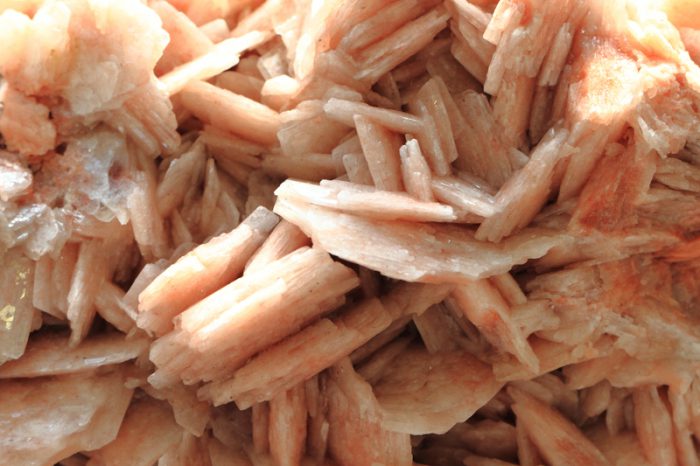Life is a funny thing to figure out.
Is it fragile, rare, and something that only occurs under the perfect conditions?
Or is it strong, tenacious, and always able to find a way to return ... no matter what catastrophe it faces?
The answer, of course, is that life is both. And nothing confirms this better than the study of mass extinction events in Earth's history. These are the biggest of the big calamities, each one killing off anywhere from an estimated 60% to 96% of all species on the planet at the time.
Certainly the most famous of these is the moment 66 million years ago when an asteroid strike led to the extinction of the dinosaurs (this is also called the Cretaceous-Paleogene Extinction Event). But there have been five mass extinction events in Earth's history, spanning back 450 million years ago.
And now, according to a new study, you can make that six. And this one? It goes waaaaay back...
OMG (Oxygen-Making Guys)
Early life was just microorganisms floating in water. (Getty Embed)
Around 2.4 billion years ago, life on Earth was basically little more than tiny micro-organisms floating in the water. These were basically the great grandparents of plants and algae—and these little dudes just started photosynthesizing their hearts out. Think of it. Billions upon billions of these things, using sunlight, water, and carbon dioxide to create energy. And into the atmosphere? They released oxygen.
It was paradise! Because animals literally didn't exist yet, nothing ate them. So these early photosynthesizers went to town, growing fantastically and dominating the planet. The only problem? No animals to breathe in (and remove) that oxygen being put into the air. Are you seeing where this is going?
The first known mass extinction event wasn't caused by volcanoes or meteors. It was too much oxygen. Known as the Great Oxidation Event (GOE), it likely led to the extinction of as much as 99.5% of life on Earth. That's one close call for life!
Too much air
What happens when you have a bunch of oxygen ... but no animals to breathe it in? (Getty Embed)
How do scientists know this? By testing samples of ancient barite found in Hudson Bay in Canada. This mineral locks in information about the condition of the atmosphere at the time that it was formed. Scientists found that from 2.4 to 2.1 billion years ago, all those micro-organisms pushed the levels of oxygen to incredible heights.
Then, over the next billion years, these levels suddenly dropped off and stayed down. The reason? All of those micro-organisms couldn't get the carbon dioxide they needed to photosynthesize anymore—there were essentially choking to death on oxygen! And when they did die off, all that oxygen they made? It disappeared.
Life and climate change
Life on Earth has survived a lot of close calls over three or four billion years. But balance is still key. (Getty Embed)
If you're really thinking about this, you might have made an interesting connection. Lots of life, making too much of a gas in the atmosphere, leading to a big catastrophe ... sort of sounds a bit like climate change? And that is essentially what the GOE was—except instead of too much man-made carbon, it was too much micro-organism-made oxygen.
In the end, the lesson here is that when it comes to life on Earth, too much of anything isn't a good idea. Even if it's something that we desperately need to survive, like oxygen. Balance really is what makes life work.
 Scientists used ancient deposit of barite to learn about a two-billion-year-old extinction. (© Jiri Vaclavek - Dreamstime.com)
Scientists used ancient deposit of barite to learn about a two-billion-year-old extinction. (© Jiri Vaclavek - Dreamstime.com)









